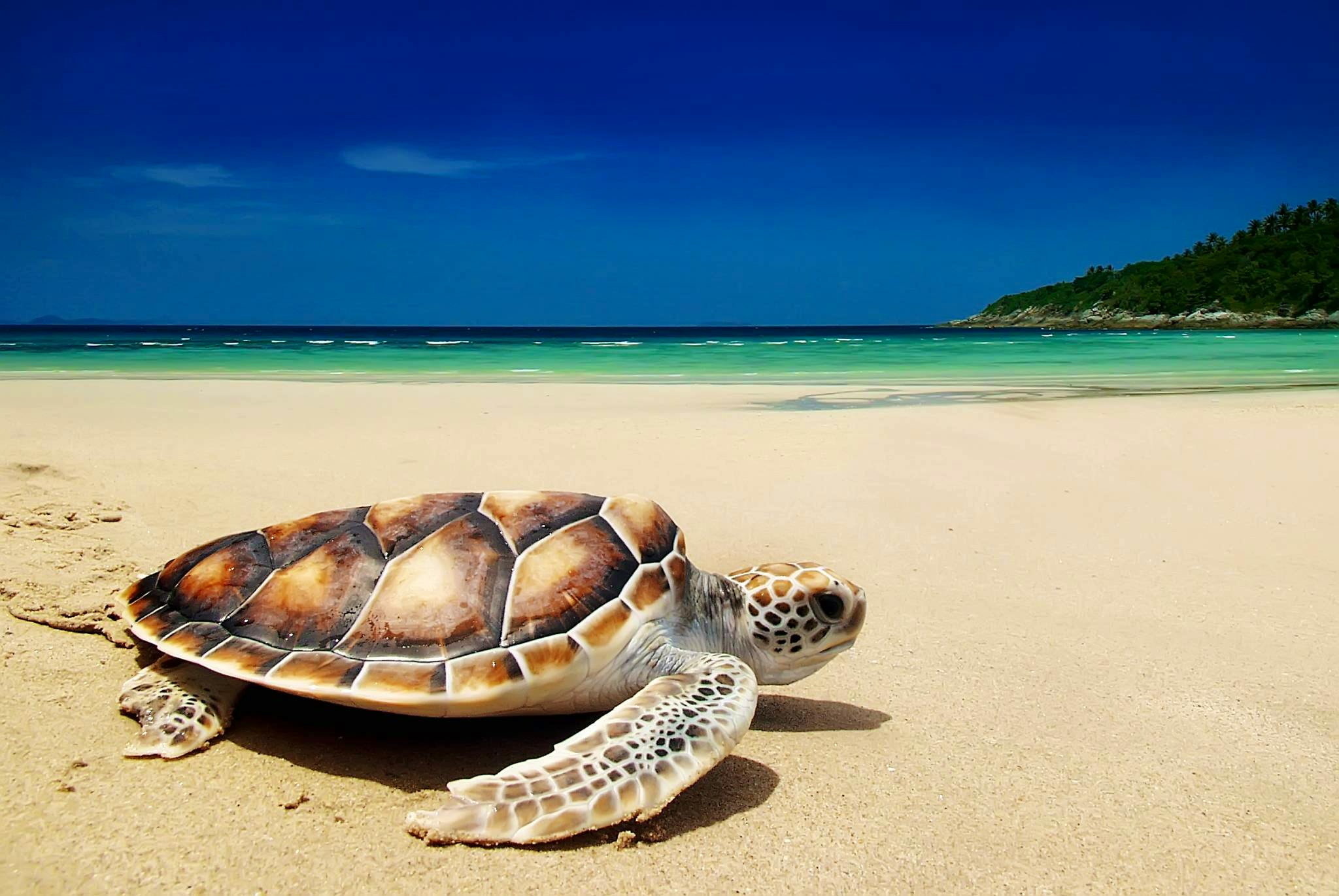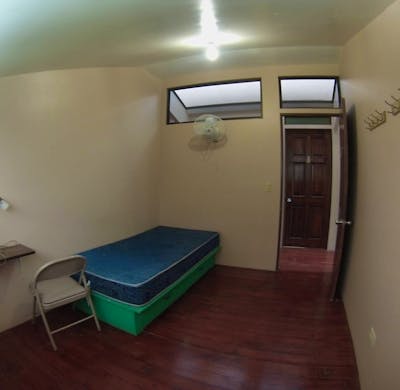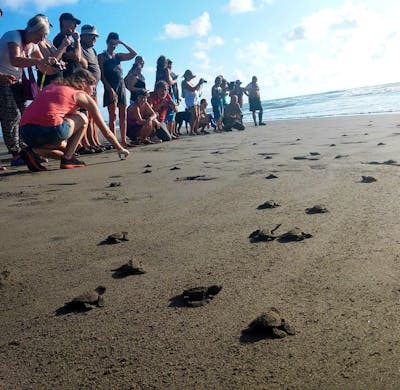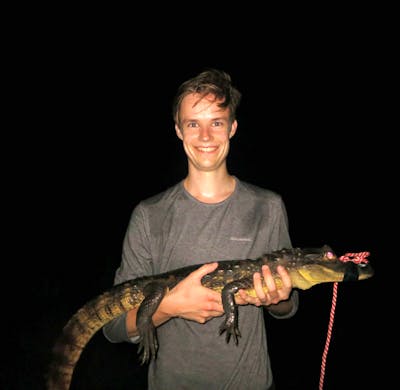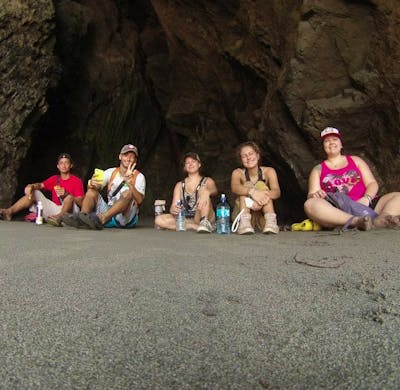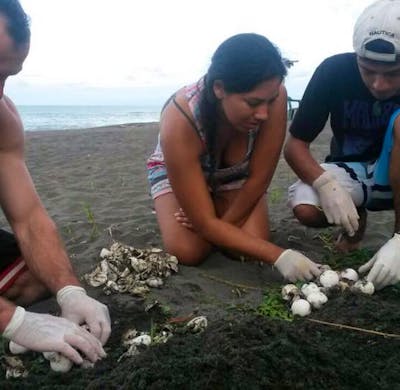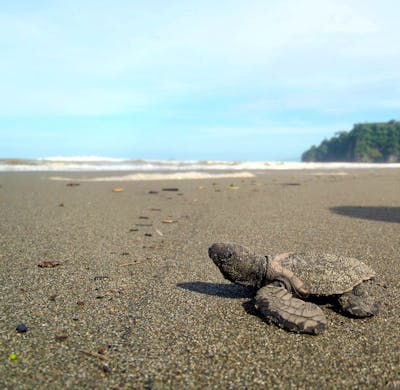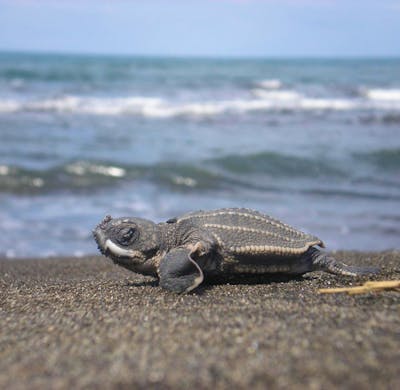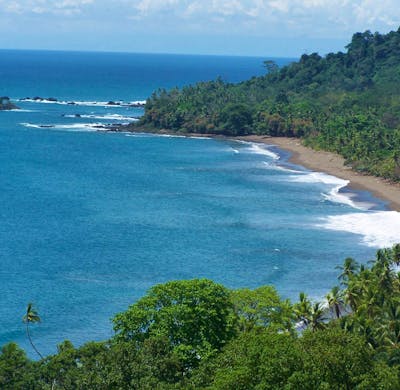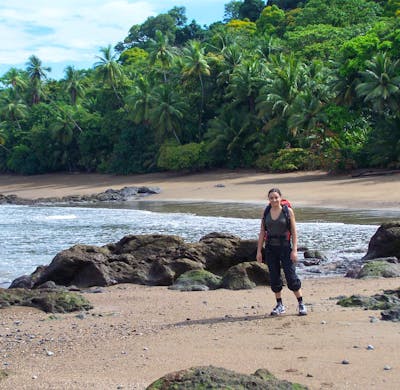2023 at Turtle Conservation Experience
from 978€
Turtle Conservation Experience
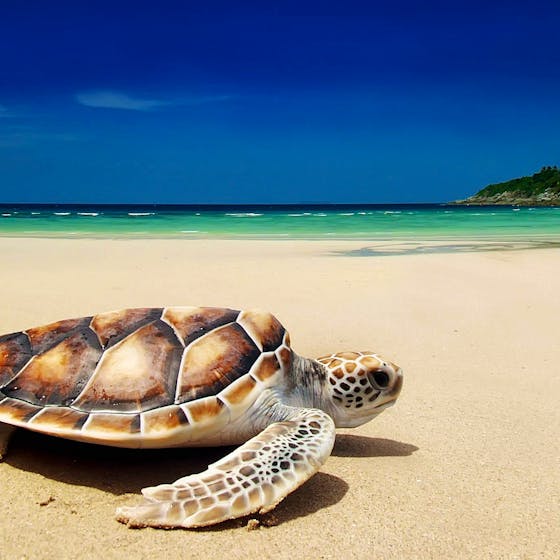
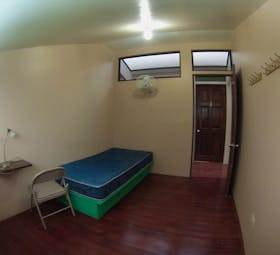
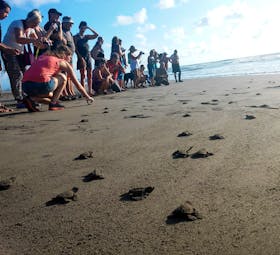
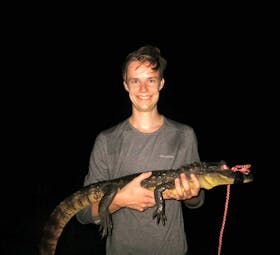
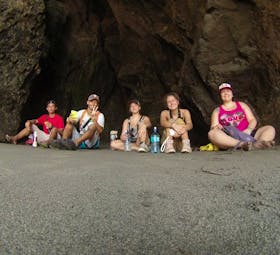
Highlights
- Volunteer and help with the protection of endangered sea turtles
- Promote environmental awareness and conservation actions
- Get the chance to learn about and aid in the conservation efforts of the Olive Ridley Turtle
- Care for the babies at the hatchery, collect crucial scientific data, and relocate eggs to the hatchery or beach
- Enjoy some time off and take part in many different activities including surf lessons, horseback riding and much more
Especially suitable
About the program
Help protect turtles who are in danger from poachers by volunteering in Costa Rica!
This project was set up at the Reserva Play Tortuga site by community members and Costa Rican scientists in an attempt to create a culture of environmental conservation in the country. The project site is based on the Pacific Coast of Costa Rica, and once you arrive at the project you will ...
Typical day
Day 1-2:
After arriving into San Jose you will be transferred to the project site to begin your volunteering trip (or the following day if you stay overnight at a hotel). Once settled into the accommodation at the reserve, you will receive an induction all about where the project is located, a brief ...
Free-time activities
This project is not all work and no play and there is good opportunity to enjoy some time off. You will have the chance to take part in many different activities including surf lessons, horseback riding, hiking, diving and many others! There are plenty of shops and restaurants within walking ...
Requirements
What's Included
What's NOT included?
Details on arrival
Program fees
Meet your organization

The Great Projects
Agency - founded in 2003
Verified by Volunteer World
Coordinated by
Lauren
About the project
190 reviews ·  4.6
4.6
Location

You might also be interested in
-
Butterfly Conservation
Plastic Reduction
San Jose
Reptile Conservation
Sea Turtle Conservation
Waste Reduction
Family Volunteering in Costa Rica
Mission Trips
Adults
Marine Life in Costa Rica
Planning a Gap Year in Costa Rica
Voluntouring
Sea Turtles Costa Rica
Group Volunteering
Animals in Costa Rica
Best Volunteer Programs
Global Volunteer Opportunities
Couples
Volunteer Trips for College Students
Projects Abroad
Latin America
Family Volunteering
